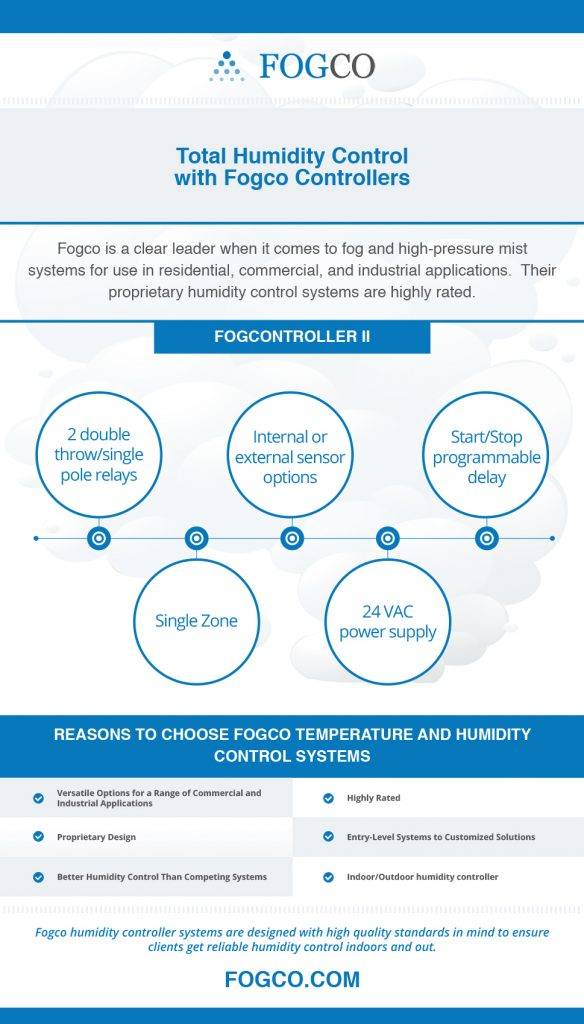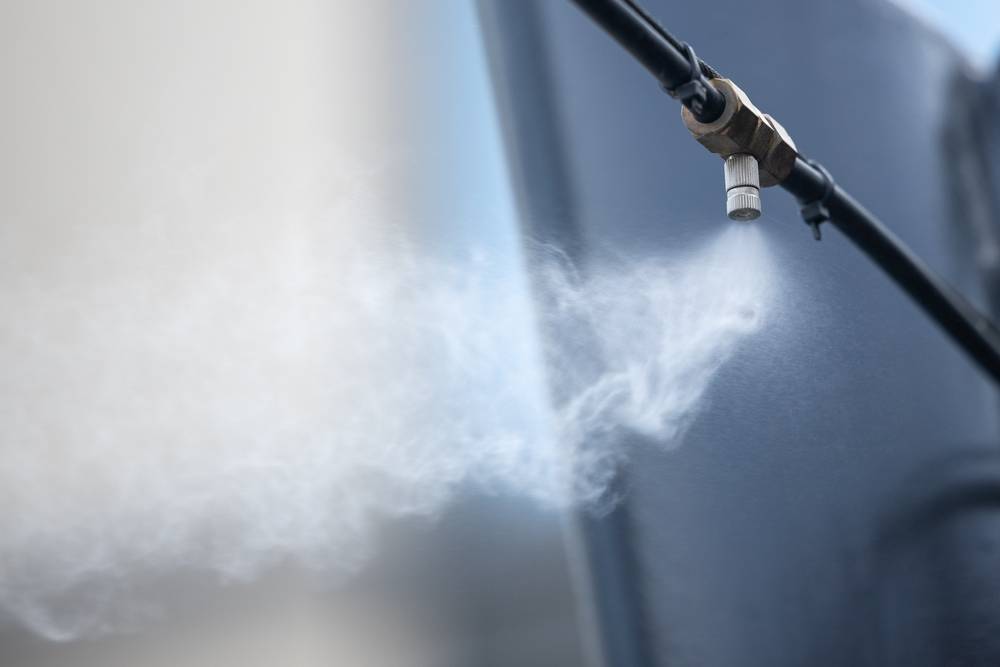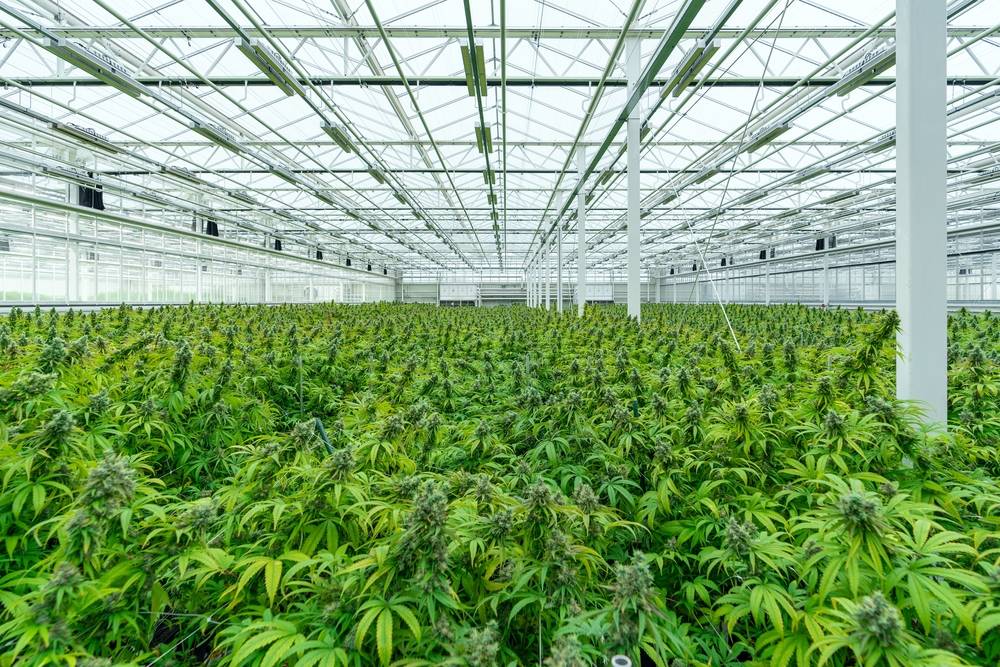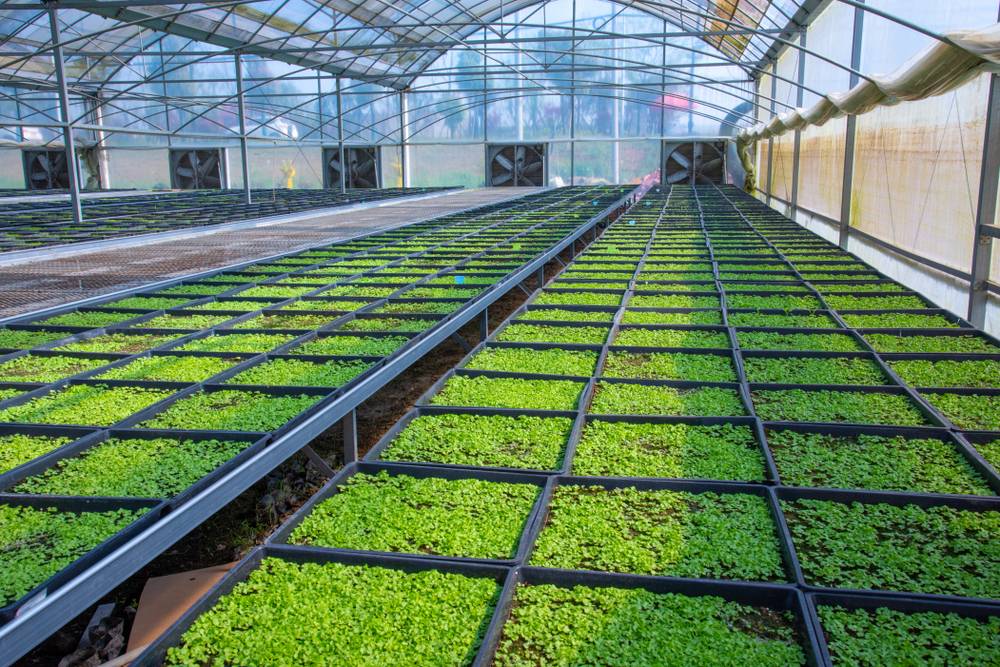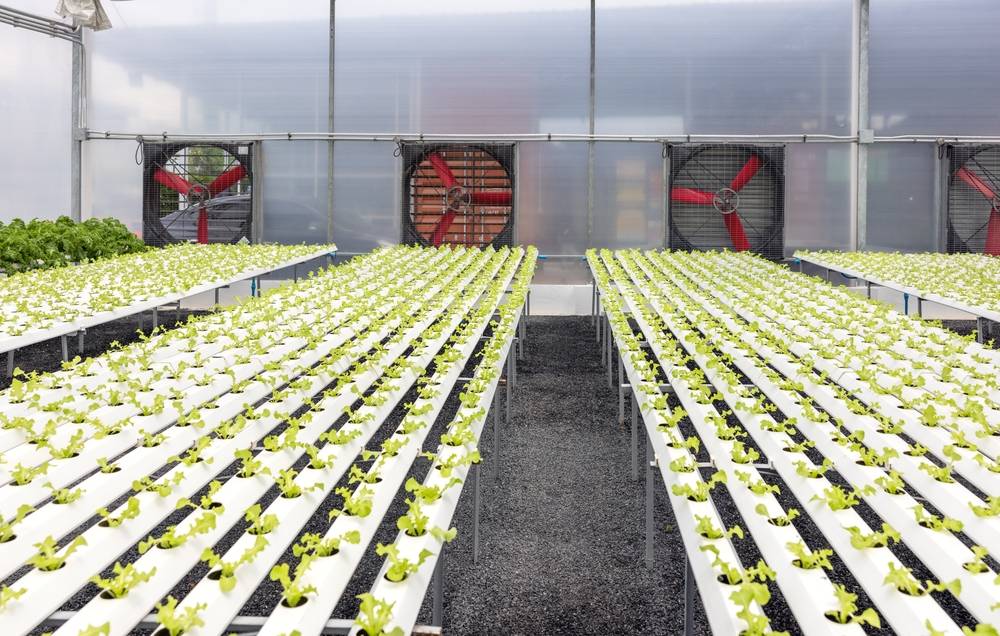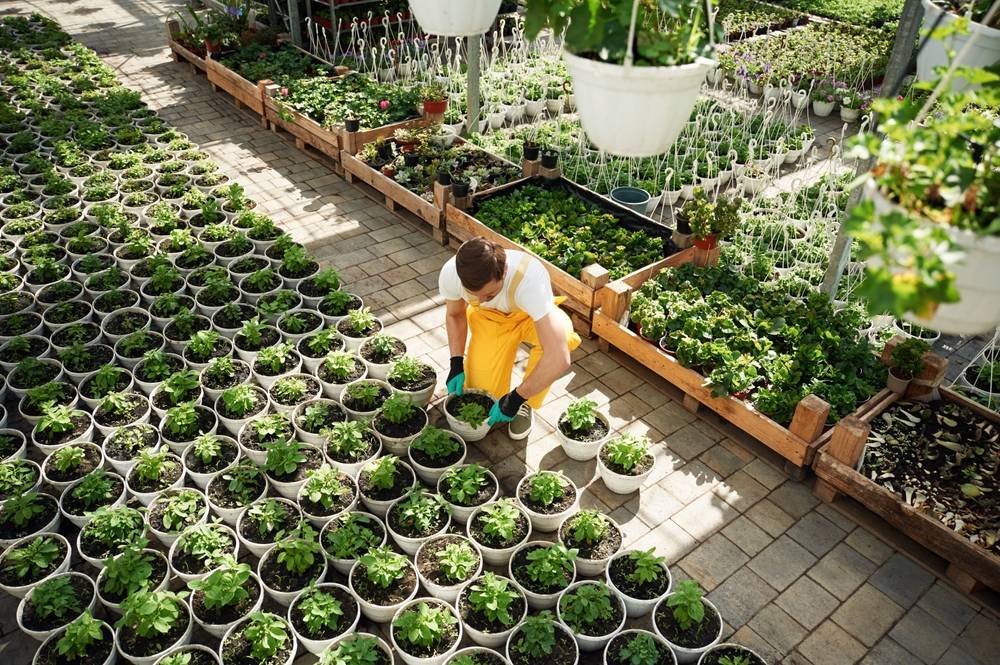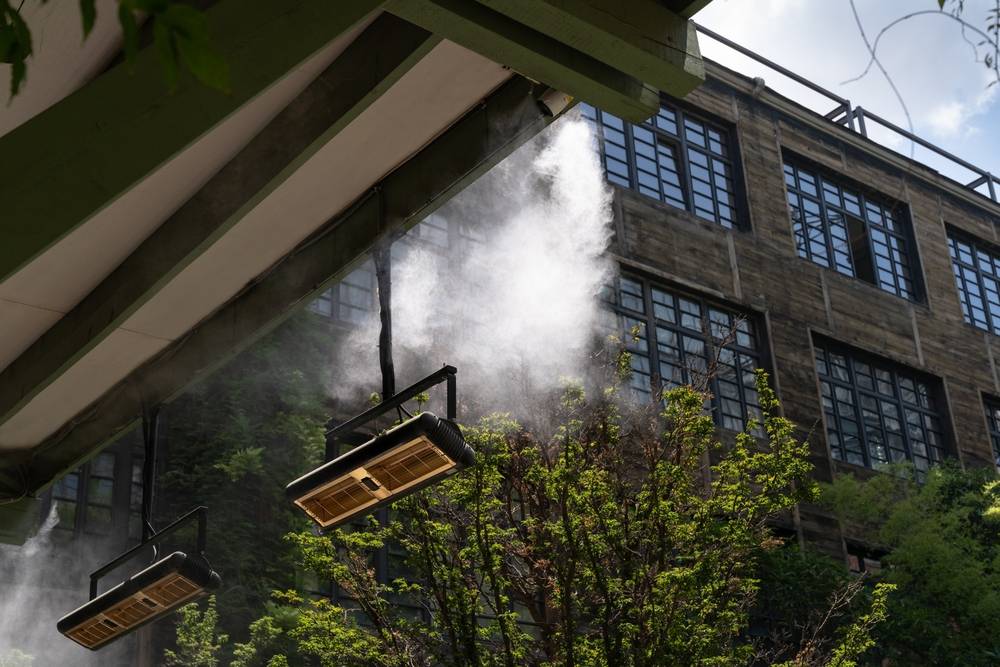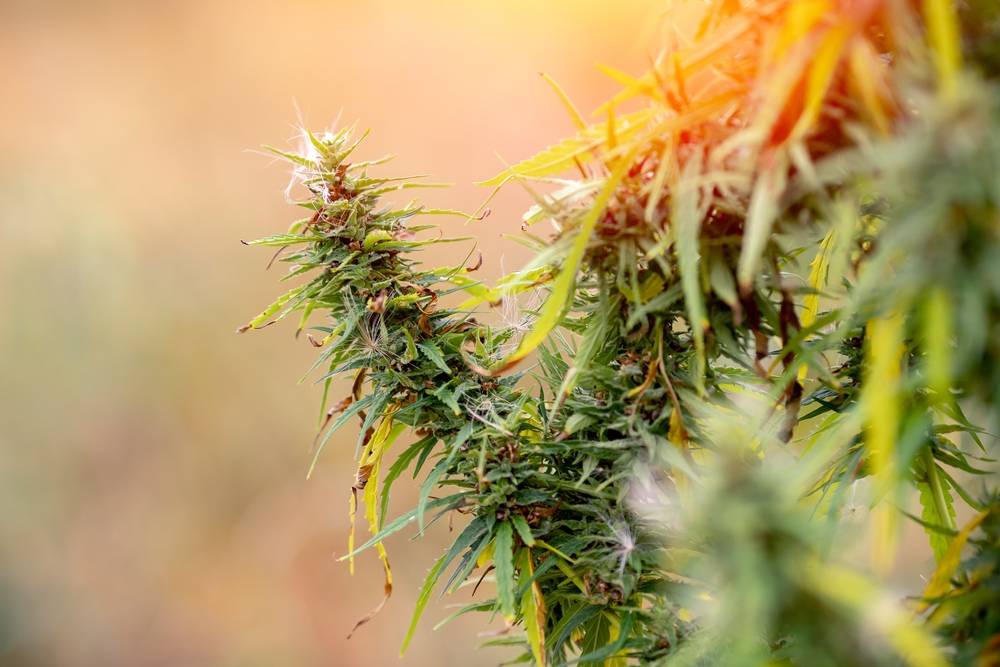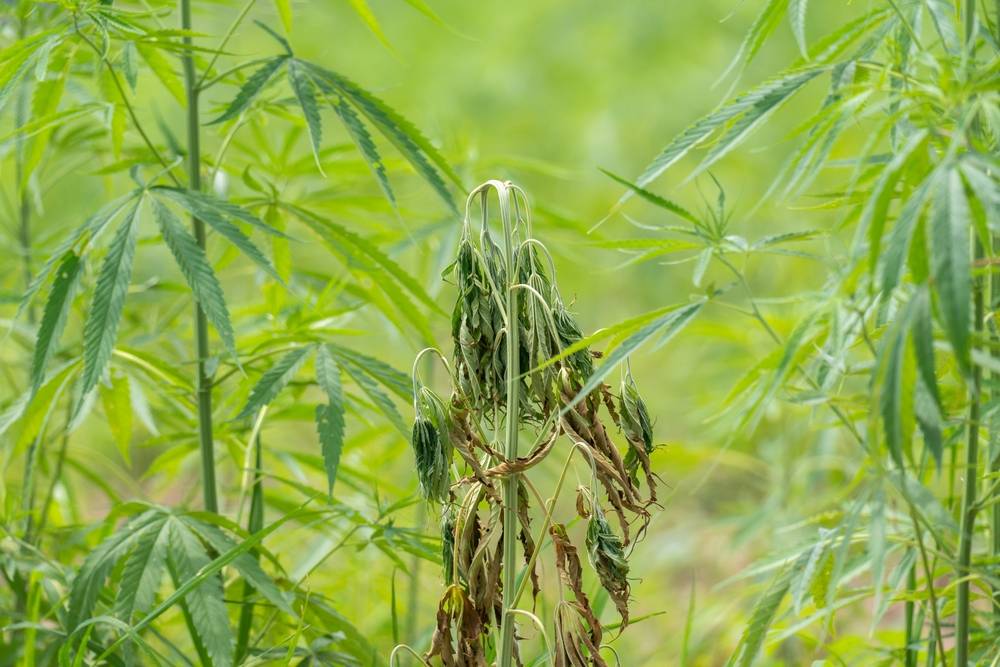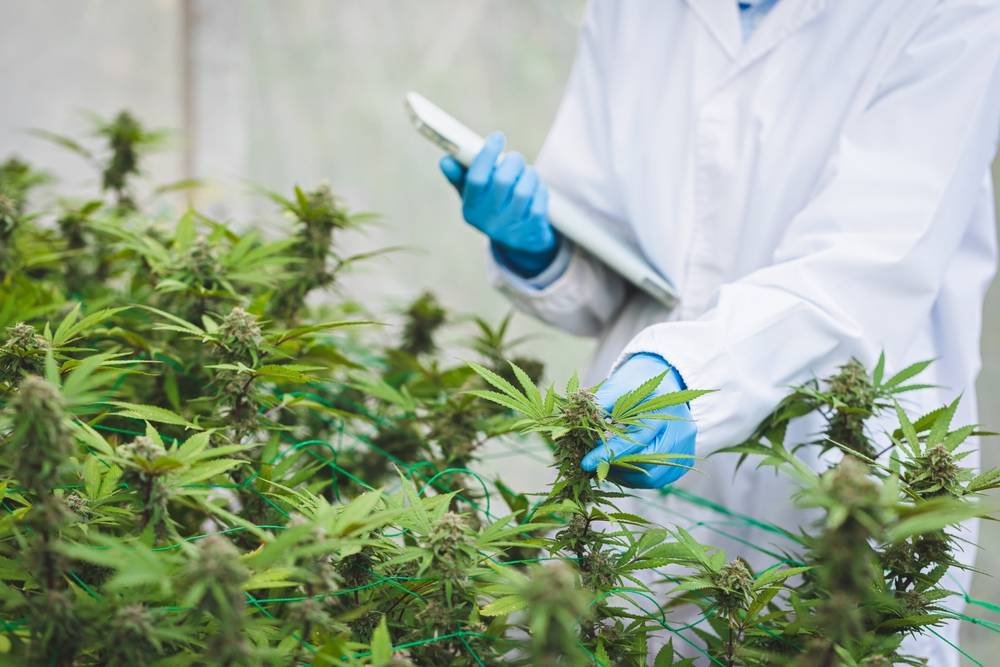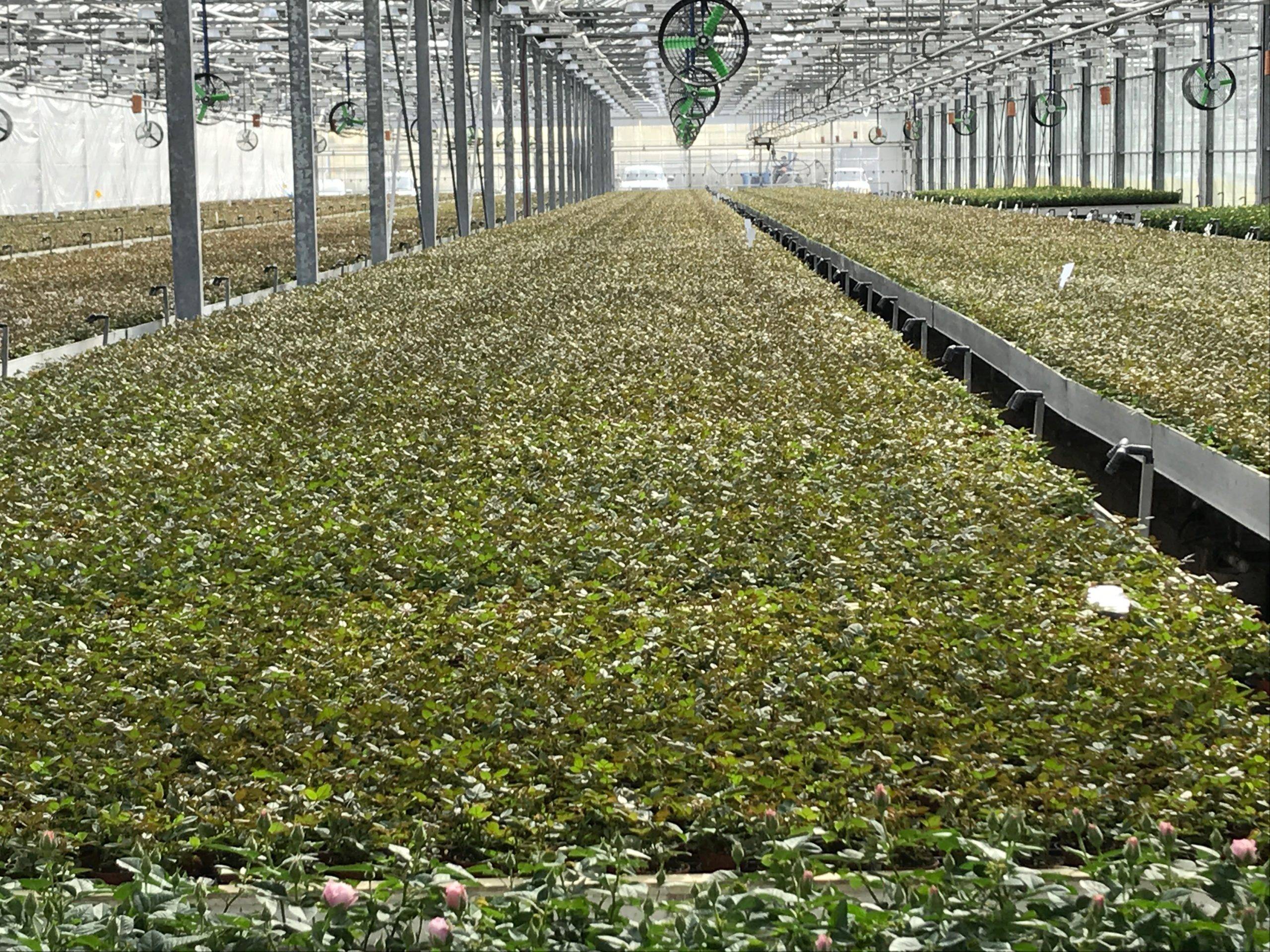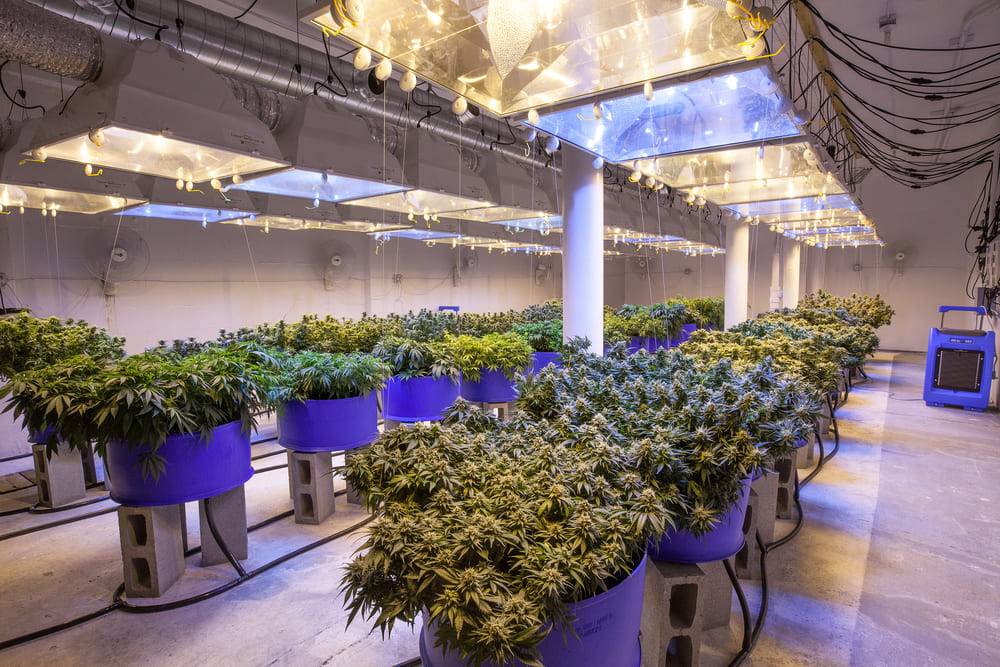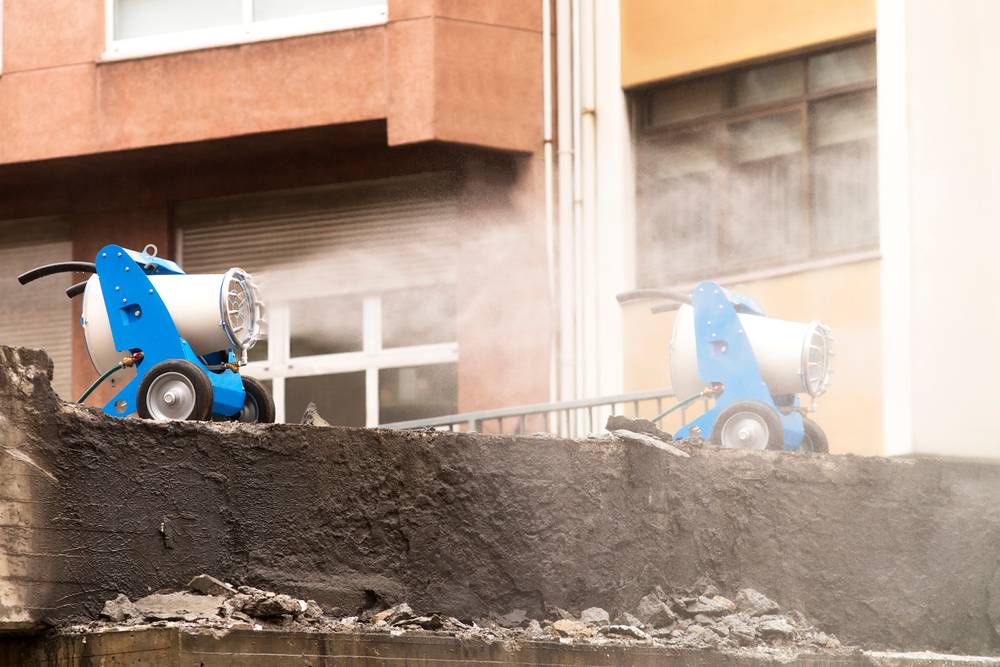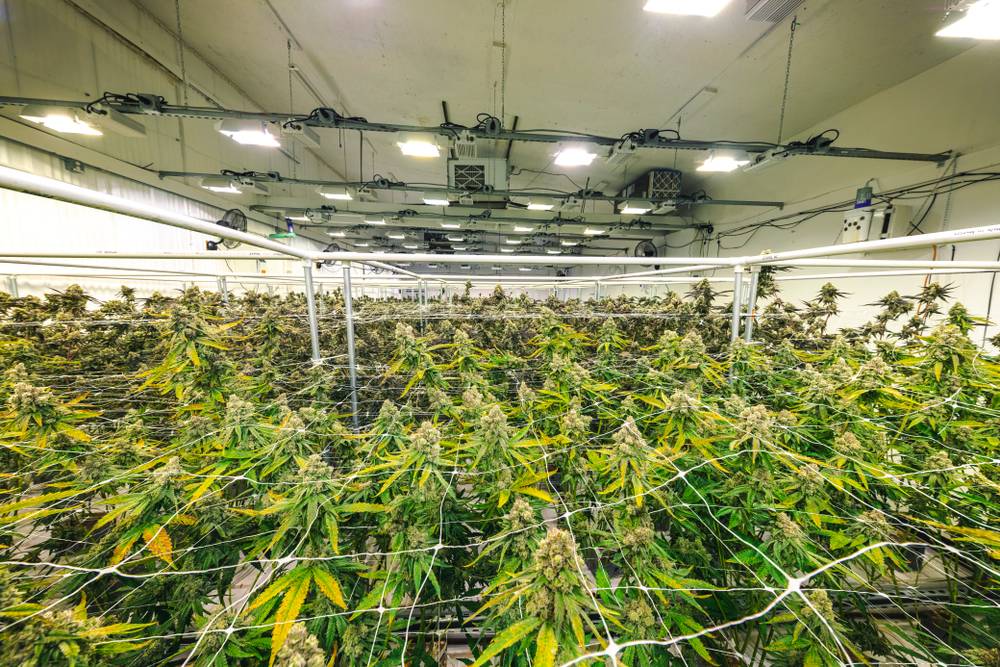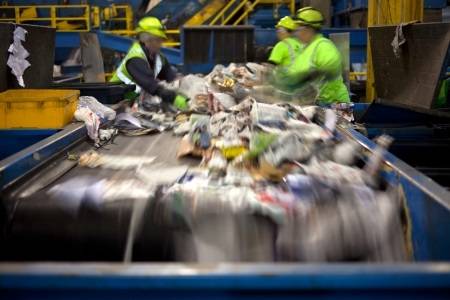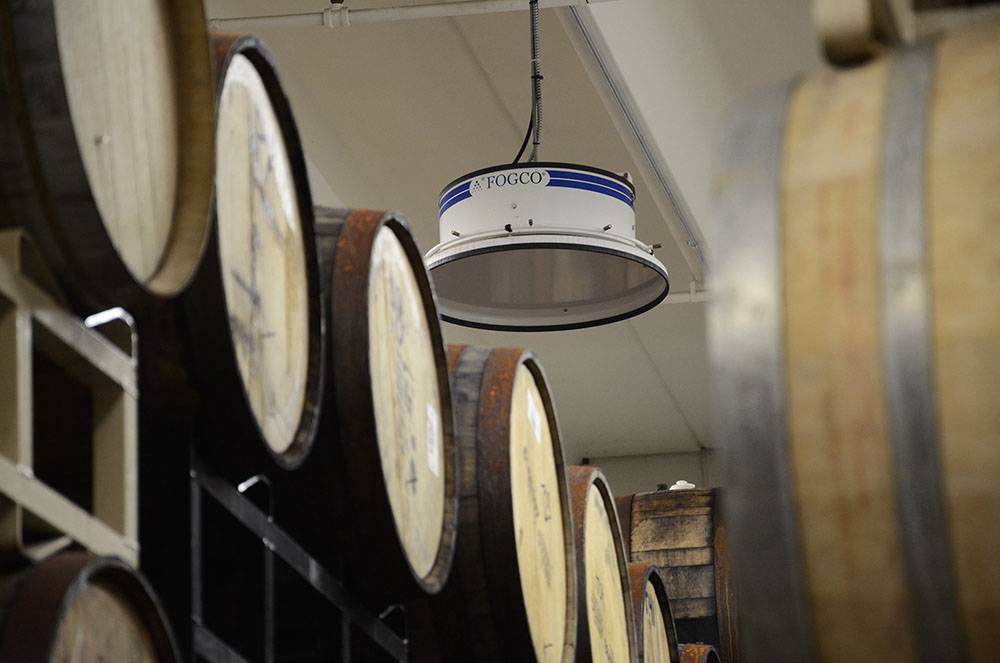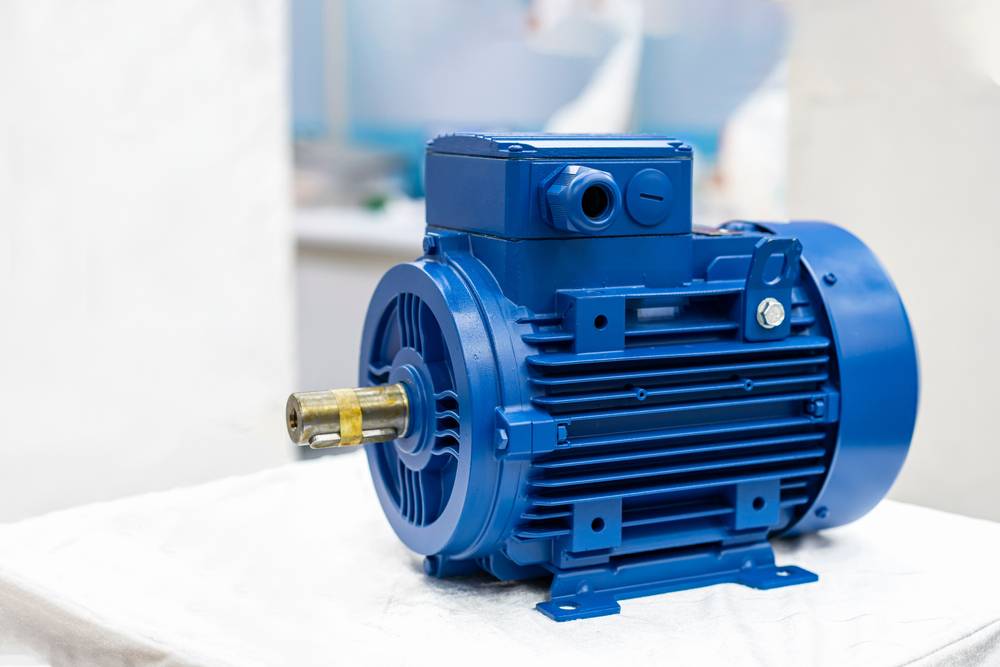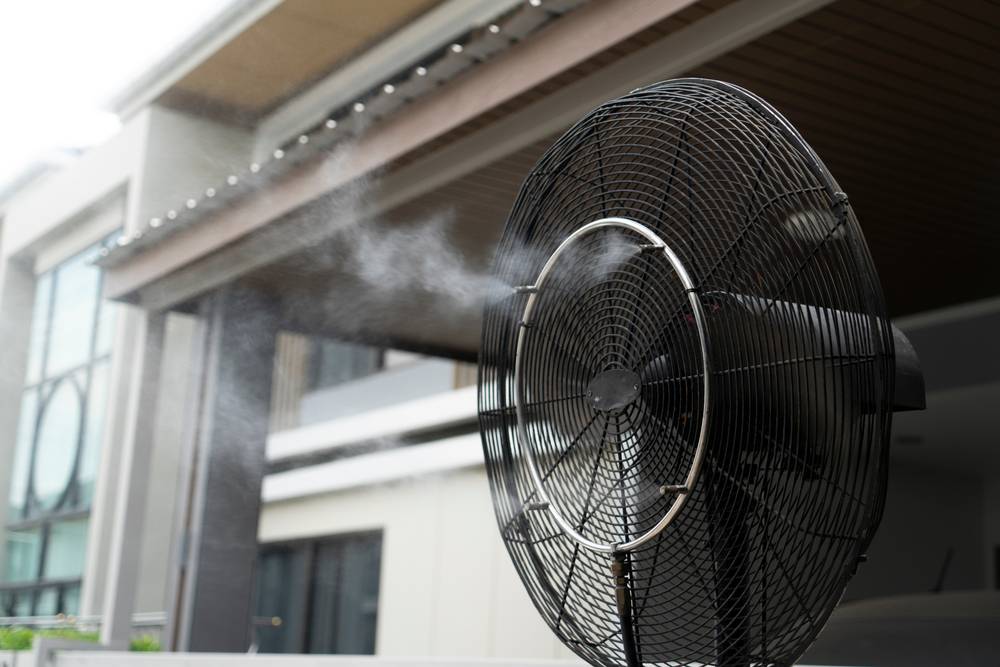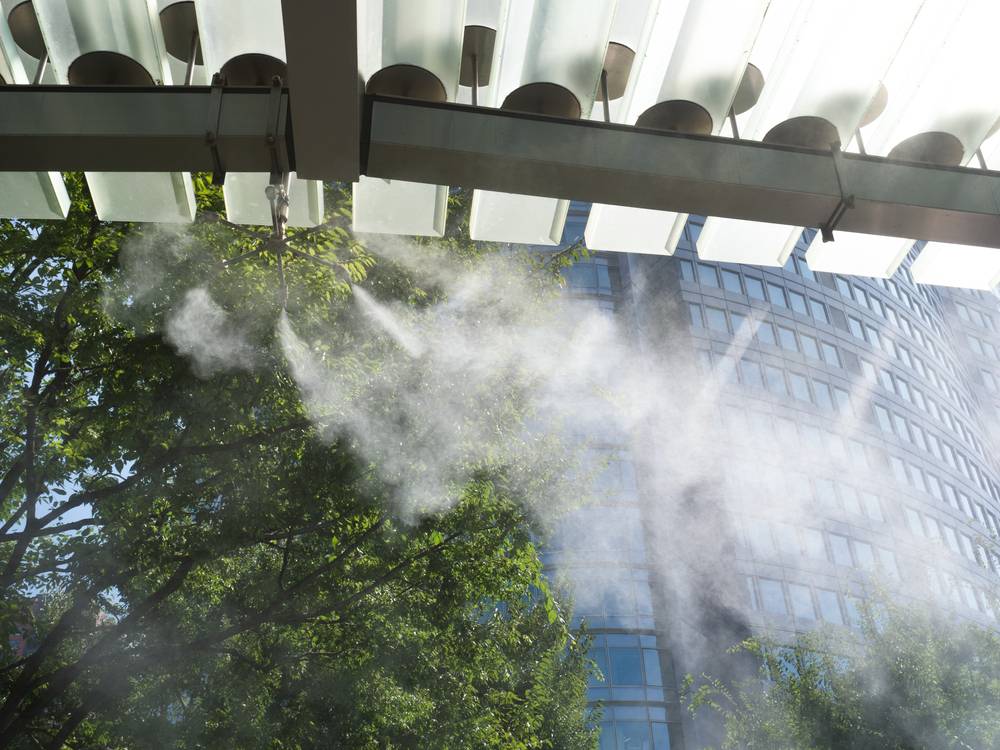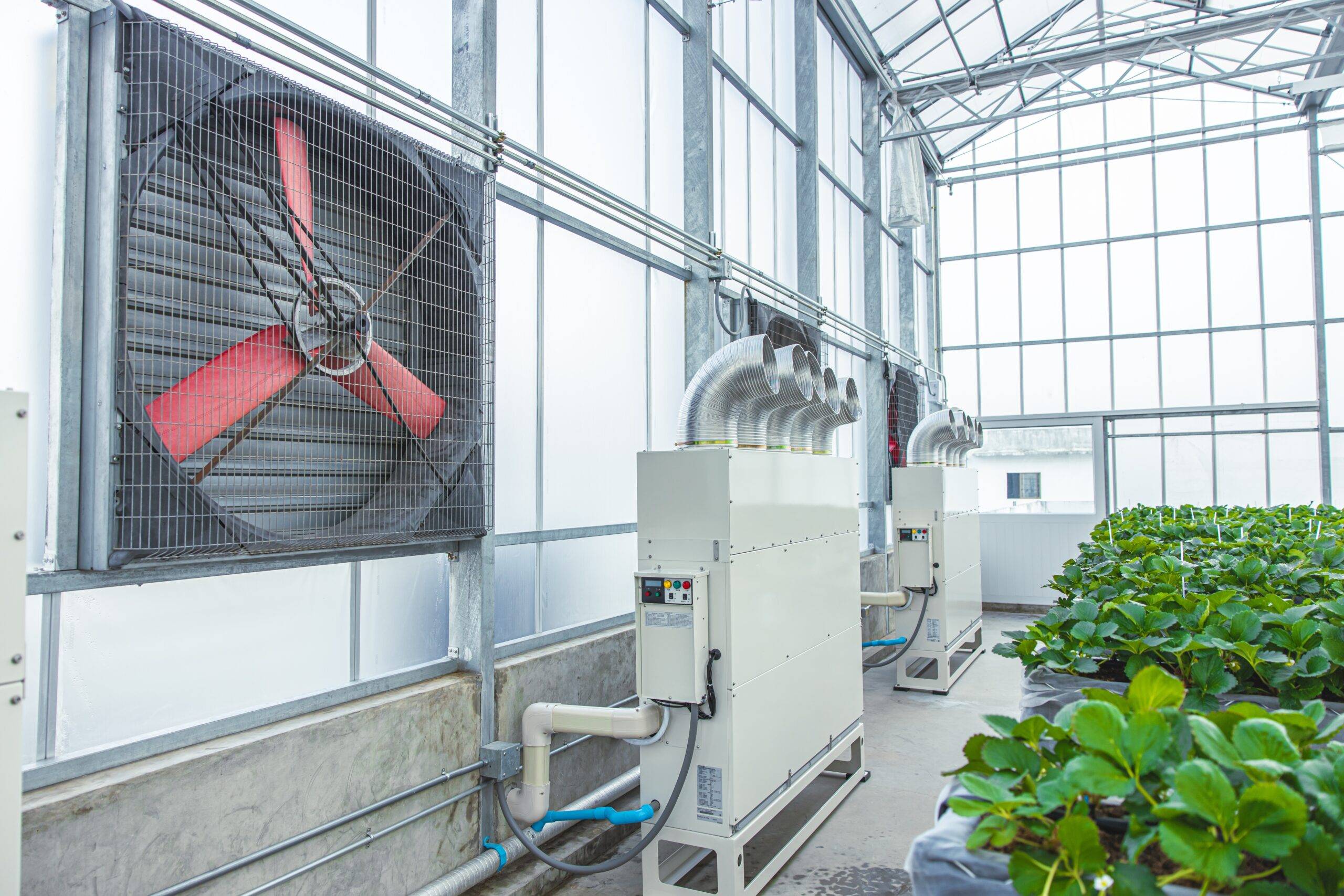
It’s easy to take a comfortable environment for granted — that is, until your environment suddenly becomes unbearable, whether you’re at home or in an industrial or commercial setting. Two factors that contribute to the quality of your environment are temperature and humidity. A well-designed temperature and humidity controller can help you effortlessly maintain the environment that suits your needs. Learn how these systems aid in humidity and temperature control below.
Why Is Temperature and Humidity Control Important?
- Humidity: Controlling your building’s or residence’s humidity is crucial for several reasons. First, if you have too little humidity, the air in your establishment will dry out when you heat the building. This dry air then absorbs moisture from everything inside the building, including from your skin. On the contrary, too much humidity can lead to irritability as well as damage to your building and even health issues. There is a fine line between too much and too little humidity. A humidity controller helps you to appropriately navigate this line so that you can avoid the problems that come with incorrect humidity levels.
- Temperature: A temperature controller is necessary in any situation that requires a certain temperature to be maintained. This includes, for example, a situation where a particular object must be heated or cooled and then kept at a target temperature regardless of how the environment around it changes. A temperature controller is useful in a wide range of industries for managing manufacturing operations and processes. For instance, it is helpful for applications involving blood banks, food storage and processing, packaging machines, thermos-forming machines, and plastic extrusion.
What to Look for in a Temperature and Humidity Controller
Not all products are ideal for every situation. It is very different to control a misting system in your backyard than the precise control required for a greenhouse or for the interior of a large warehouse or production facility. Regardless of what type of environment the temperature and humidity controller will be used, there are several features or factors that need to be considered. Accuracy and efficiency should always be a central consideration, although there are additional factors you should also consider.
Automatic Control
When comparing different types of temperature and humidity controllers, typically you will first have to decide if you should use an automatic controller or one that is manually set or activated.
The automatic control works like the thermostat in a home or building. It is set to maintain a specific level of humidity and it will cycle on and off to control the levels based on the ambient humidity. This works separately but in conjunction with any heaters or furnaces that may be operating. Having this type of automated control can help with reducing overall heating costs by maintaining consistent humidity.
The monitoring of the ambient humidity and CO2 levels should be highly accurate. With the Blueprint Controller offered by Fogco, humidity settings can range from 35% to 99% and temperatures range from 40 degrees to 99 degrees.
Programmability
In addition to selecting an automated controller, it is often a huge plus to have the ability to pre-set programs on the system to manage the humidity. This will allow one button touch control for pre-setting the system for specific humidity requirements. Additionally, with the use of the programmable systems, make sure the system operates with a built-in battery backup. This feature prevents the loss of your settings should there be a power outage.
Fogco offers a Blueprint Controller that comes with all the features listed above, including a 5-year lithium battery. It will also plug into any standard 115V 15 amp receptacle, which makes it a practical temperature and humidity controller to install and use for a wide range of industrial and commercial applications.
Industries that Benefit from Humidity and Temperature Control Systems
Many industries are required to comply with specific standards and regulations, as controlling your environment can actually provide significant benefits. This can be helpful for many different industries, including the following:
1. Wine Industry
High-quality wines must be aged properly, requiring the liquid to ferment in fine oak barrels over a period of time. While these barrels of wine set, both humidity and temperature must be closely monitored 24/7. If humidity levels drop too low, evaporation from the barrels increases and product is lost. This not only compromises the flavor and quality of the wine, but it also results in lower yields. But it is far worse if the temperature rises. Too warm of an environment will ruin the entire batch.
2. Greenhouses
Optimal climate control is paramount to caring for plants – most are extremely temperamental and significant damage can occur when consistent temperature and humidity levels are not maintained. With a sophisticated temperature and humidity controller and a good fog system, greenhouses can maintain temperature and humidity levels in different areas, allowing a variety of plants to live in the same environment. This saves money on water bills and helps growers produce during times of low water supply. These systems also help increase overall productivity, speeding up growing time.
3. Supermarkets
Supermarkets use misting systems to keep produce fresh and improve the overall quality of food. Since fruits and vegetables are largely made of water, a misting system can prevent produce from drying out or going bad. It also helps keep them cool and appealing to customers. Humidity systems are also used in fish and meat areas of grocery stores, where they prevent dehydration and keep products at the optimal temperature for health and safety.
4. Textile Plants
In the processing of textiles, the importance of humidity control cannot be overstated. Ignoring this critical aspect of production can lead to halts in production, damaged machinery – even injury of employees. Not only does humidity affect the quality of the textiles being produced, low humidity can also lead to static discharges. Even though these discharges are very uncomfortable – not fatal in and of themselves – they can lead to falls into machinery or a health risks to those with weak hearts or pace makers. Plus, low humidity encourages airborne lint and dust to fill the air, making for an unhealthy work environment. A good humidity misting system will increase the output speed for machines, eliminate static electricity, reduce deformations and curl in materials, improve mechanical processes, and reduce the amount of dust in the air.
5. Paper Production and Storage
If there’s one product that’s particularly sensitive to humidity and temperature, it’s paper. Paper mills and storage facilities must have a reliable temperature and humidity controller system in place to ensure that the paper stays in a cool area, where it’s in equilibrium with the temperature and relative humidity of the air around it – otherwise, the paper can present problems when it’s being used in printing applications.
6. Printing Facilities
It’s just as important to control temperature and humidity in a printing facility as it is in the facilities where the paper is manufactured. Paper absorbs the moisture in the air, so the ink used for printing will not dry properly in a facility where moisture content is high due to heat and humidity. Very low humidity in winter is just as much a problem – 45-55% relative humidity is generally the ideal operating range. This is where our custom designed systems and proprietary line of humidification fans provide assistance.
Fogco Humidification Systems
Fogco offers a temperature and humidity sensor which is helpful for controlling two zones. One is for use in environments where the humidity will be maintained at a level of 10 to 70%. This will provide control for the vast majority of environments but we also offer a high humidity sensor as well. Using the standard sensor in a high humidity environment will cause damage to the microchip due to condensation buildup on the sensor unit of the chip. The high humidity sensor is recommended where the humidity levels will need to exceed 70%. The unit is designed with a specialized filter to protect the microchip, even in very high humidity environments.
With our revolutionary humidity controller in place, your system can be set and maintained for humidity levels in a specific zone. These systems can also have an external sensor that can be wired into the system, allowing the controller and the sensor to be in different locations and still communicate. The system itself has two output relays and comes complete with a fully programmable delay start and stop. This allows the system to be set for your specific needs with the option to reconfigure the system as required as often as needed. Our systems can be used in greenhouses or other types of applications where humidity levels may reach as high as 97%. These sensors, even at this humidity, will be accurate to plus or minus 2%, which is considered one of the most accurate available today.
Universal Remote Control Box
Our systems have the capability to be controlled through the use of a universal remote control box. This is a simple, discrete and compact outdoor box that works on either a 15 or a 20 amp circuit. It can be attached to a wall, pole or column and it comes with a weather proof outdoor rated enclosure for full protection of the system.
We offer a 115V and a 230V option for our universal remote control box. Both will require a dedicated circuit as mentioned above and each is fully equipped with everything required. Within the system, you will find a wireless receiver, a fused transformer and the power supply cord to route power to the system through the box. There is also the outlet for the pump, so it is a very simple installation and setup process.
The universal remote control operates using a key fob transmitter which allows the user to access the cooling system within a 150-foot radius of the box. The controller also gives the user the ability to turn the system on and off, as well as make any adjustments without having to manually do so on the box. This added element of convenience makes it easier for homeowners to control the on/off of their system without having to be at the pump location.
Commercial properties using the fogging system for odor and dust control or to maintain temperatures in specific areas experience the same benefits. With the use of the remote transmitter, the system can be engaged and as needed rather than operating continually or on a pre-set timer. Since the remote receiver can be positioned anywhere, it is also a safety feature. There is no need to walk over to the controller to turn the system on or off, keeping employees out of traffic and work areas and allowing the receiver and box to be positioned away from potential damage from equipment.
Improve Your Business Operations and Quality of Life
As with all of our products, Fogco humidity controller units are fully compatible with all of our fan systems. We also sell a full line of accessories for our sensors, controllers and systems, including shielded cable, pin connectors and conductor cable, providing you with everything you need to complete the installation.
A high-quality controller for the industrial setting or the home can drastically improve the quality of your business operations and even your own quality of life long-term. Contact Fogco online or call us at 800-607-6478 to learn more.
